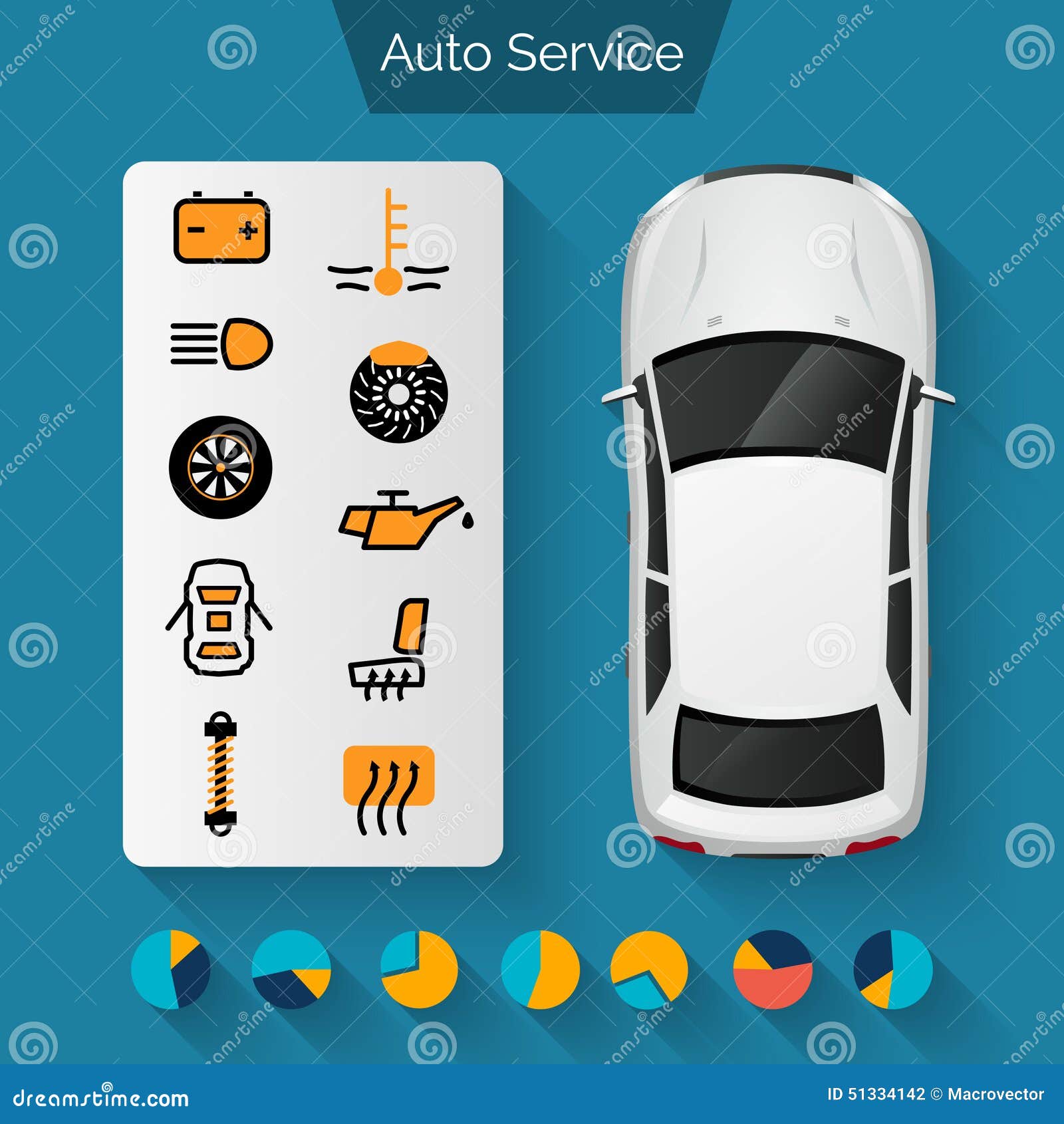Examining Your Automobile'S Warning Indicators: What They Really Share
Examining Your Automobile'S Warning Indicators: What They Really Share
Blog Article
Article Composed By-Lim Gilbert
When you're behind the wheel, those glowing warning lights on your control panel can be a little bit bewildering. Do you recognize what they're attempting to tell you concerning your car's health? Understanding the importance of these lights is vital for your safety and the longevity of your automobile. So, the following time one of those lights turns up, would not you wish to analyze its message precisely and take the required steps to address it?
Common Caution Lighting and Interpretations
Recognize common caution lights in your vehicle and recognize their meanings to ensure risk-free driving.
One of the most common warning lights consist of the check engine light, which indicates concerns with the engine or exhausts system. If this light comes on, it's critical to have your automobile checked without delay.
The oil stress warning light shows low oil stress, requiring instant interest to avoid engine damage.
car interior cleaning services blinking battery light could suggest a defective charging system, possibly leaving you stranded if not dealt with.
The tire pressure monitoring system (TPMS) light informs you to reduced tire pressure, affecting vehicle stability and fuel performance. Ignoring this might lead to unsafe driving problems.
The abdominal muscle light shows a problem with the anti-lock braking system, endangering your capability to stop rapidly in emergencies.
Finally, the coolant temperature level warning light warns of engine getting too hot, which can lead to extreme damages otherwise dealt with promptly.
Comprehending these usual caution lights will certainly help you address problems without delay and preserve safe driving problems.
Value of Prompt Attention
Understanding the typical warning lights in your vehicle is only the primary step; the relevance of promptly addressing these warnings can not be stressed enough to ensure your safety and security when driving.
When a caution light brightens on your dashboard, it's your car's means of communicating a possible problem that needs attention. Ignoring detailer can result in a lot more serious problems in the future, endangering your safety and security and potentially costing you extra out of commission.
Prompt focus to warning lights can stop break downs and accidents. For example, a blinking check engine light might suggest a misfire that, if left unattended, might create damage to the catalytic converter. Addressing this immediately can conserve you from a costly repair.
Likewise, a brake system alerting light could signify low brake fluid or used brake pads, essential components for your safety when driving.
Do It Yourself Troubleshooting Tips
If you discover a caution light on your dashboard, there are a few DIY repairing ideas you can try prior to seeking expert help.
The primary step is to consult your auto's handbook to understand what the details caution light indicates. In some cases the concern can be as easy as a loosened gas cap activating the check engine light. Tightening the gas cap may deal with the problem.
Another common concern is a reduced battery, which can activate different advising lights. Checking the battery links for deterioration and guaranteeing they're safe might take care of the problem.
If a warning light continues, you can attempt resetting it by detaching the vehicle's battery for a couple of minutes and then reconnecting it. In addition, checking your vehicle's fluid levels, such as oil, coolant, and brake liquid, can aid repair advising lights associated with these systems.
Conclusion
In conclusion, comprehending your vehicle's warning lights is important for keeping your automobile running efficiently and safely. By promptly dealing with these informs and recognizing what they imply, you can prevent expensive repairs and prospective failures.
Keep in headlight restoration near me to consult your vehicle's handbook for certain information on each cautioning light and act as necessary to make certain a trouble-free driving experience.
Stay educated, stay safe when traveling!
